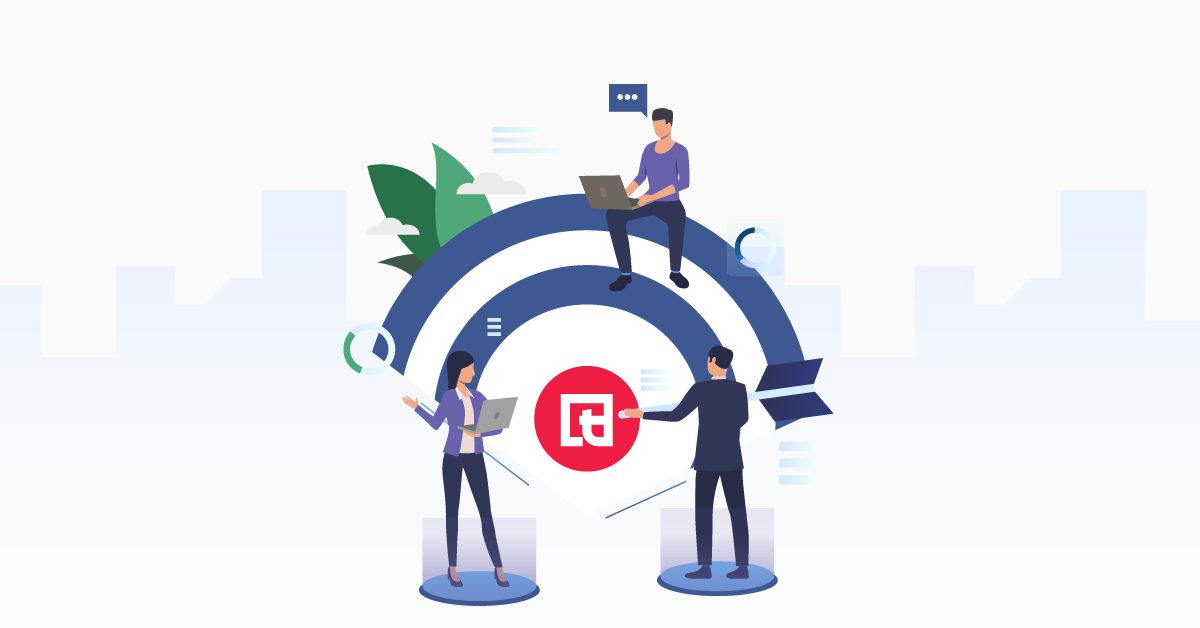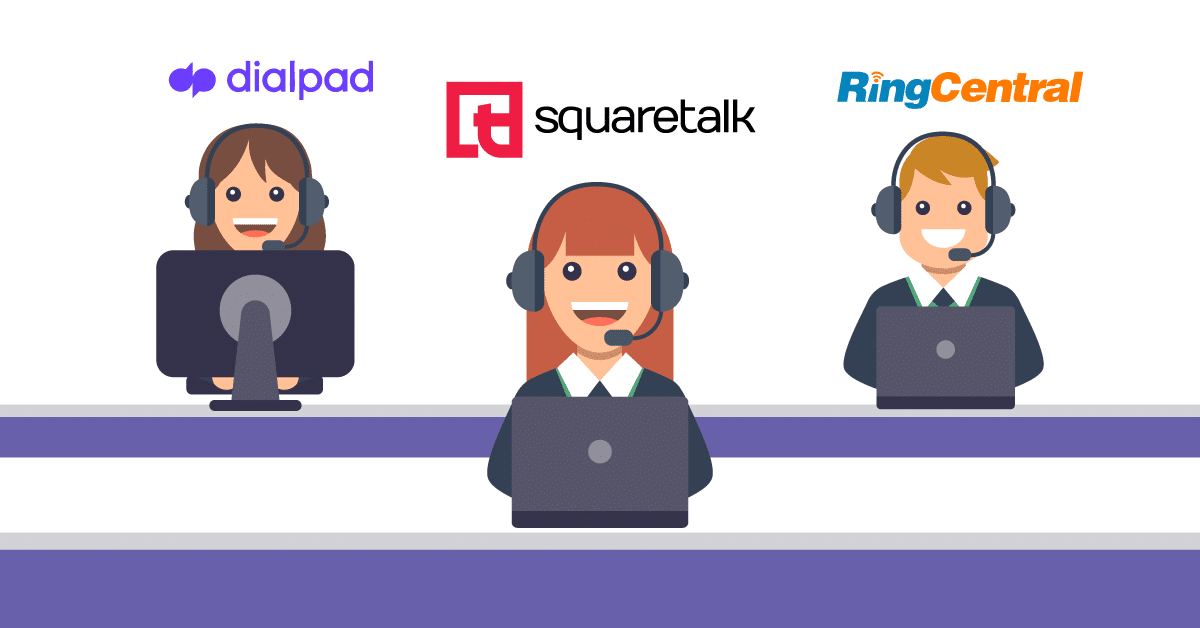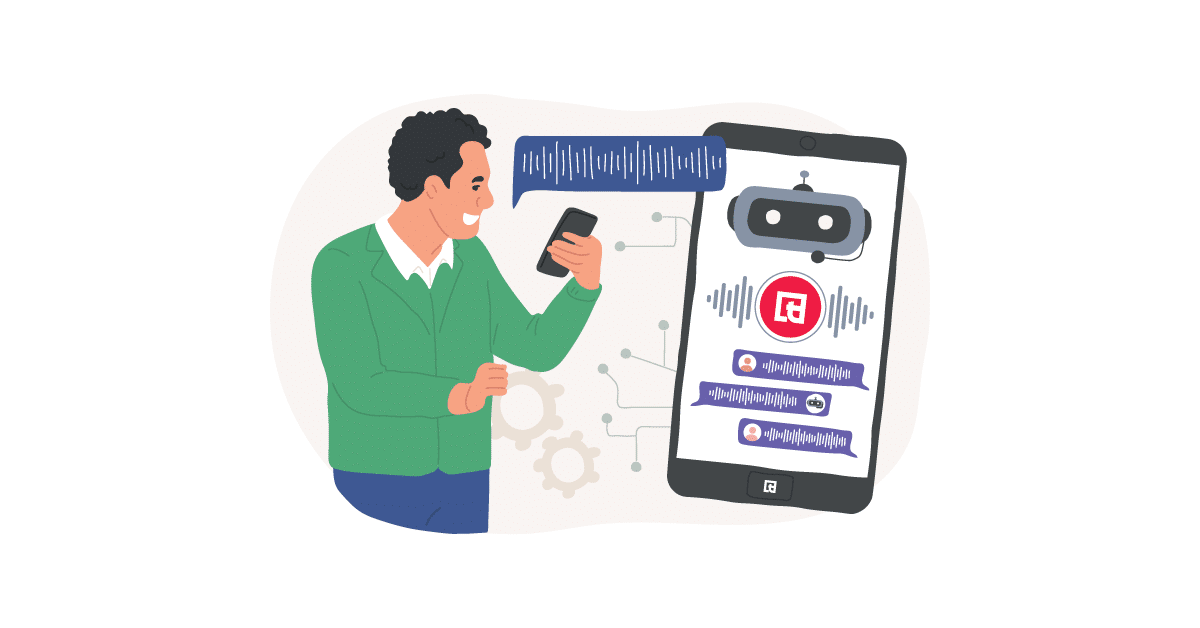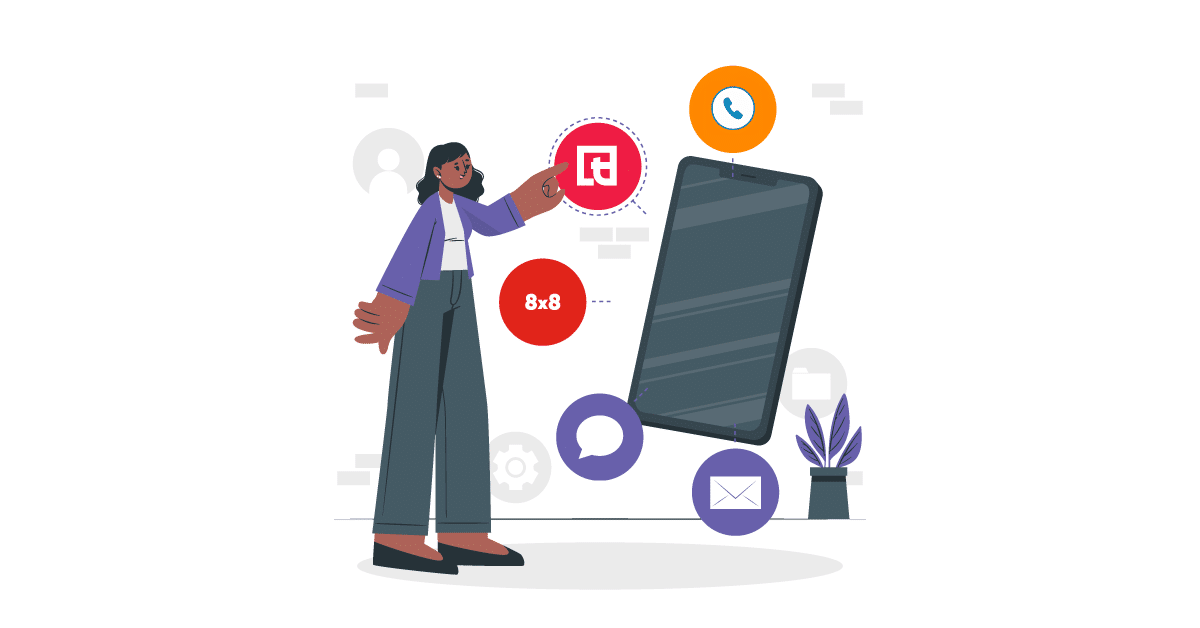Ever wondered how top-performing call centers handle their toughest customer challenges? Their secret is effective escalation management.
When your standard customer service procedures fall short, a well-designed escalation process can turn potential disasters into victories. But it’s not just about passing difficult calls up the chain—it’s about creating a system that resolves issues efficiently, keeps customers satisfied and constantly improves your work.
This post dives into the world of call center escalation, its processes, flows and the best practices that set industry leaders apart. You’ll discover how to build a reliable escalation framework, empower your team and measure success in ways that truly matter to your business and customers.
What is Call Center Escalation
Call center escalation refers to the process of forwarding a customer’s call to a more experienced or senior representative when the initial agent is unable to resolve the issue. This can happen due to various reasons, like:
- The Complexity of the Issue
- Customer Dissatisfaction
- Lack of Agent Authority
- Need for Specialized Knowledge or Expertise
Types of Call Center Escalation
Call center escalations generally fall into two main categories:
Hierarchical Escalation
This type of escalation is moving an issue up the chain of command within the same department. For example, escalating a call from a frontline agent to a team leader and if needed, to a supervisor or a manager.
Functional Escalation
This involves transferring an call to a different department or specialized team with the expertise to handle the specific problem. For example, a technical issue might be escalated from customer service to the IT department.
Benefits of Call Center Escalation
When implemented properly, escalation can have significant advantages for both businesses and customers.
- Benefits for Companies:
- Improved Customer Satisfaction and Loyalty
- Higher First-Contact Resolution Rates
- Enhanced Problem-Solving
- Reduced Customer Churn
- Valuable Insights for Training and Process Improvement
- Benefits for Customers:
- Faster Resolution of Complex Issues
- Access to Higher Levels of Expertise
- Feeling Valued and Heard
- Increased Confidence in the Company’s Ability to Handle Problems
- Potential for More Personalized Solutions
The Call Center Escalation Process
Having a step-by-step process of call center escalation is crucial for a smooth and effective issue resolution. A well-defined system helps maintain consistency, reduces confusion and improves the overall customer experience.
A typical call center escalation process includes the following steps:
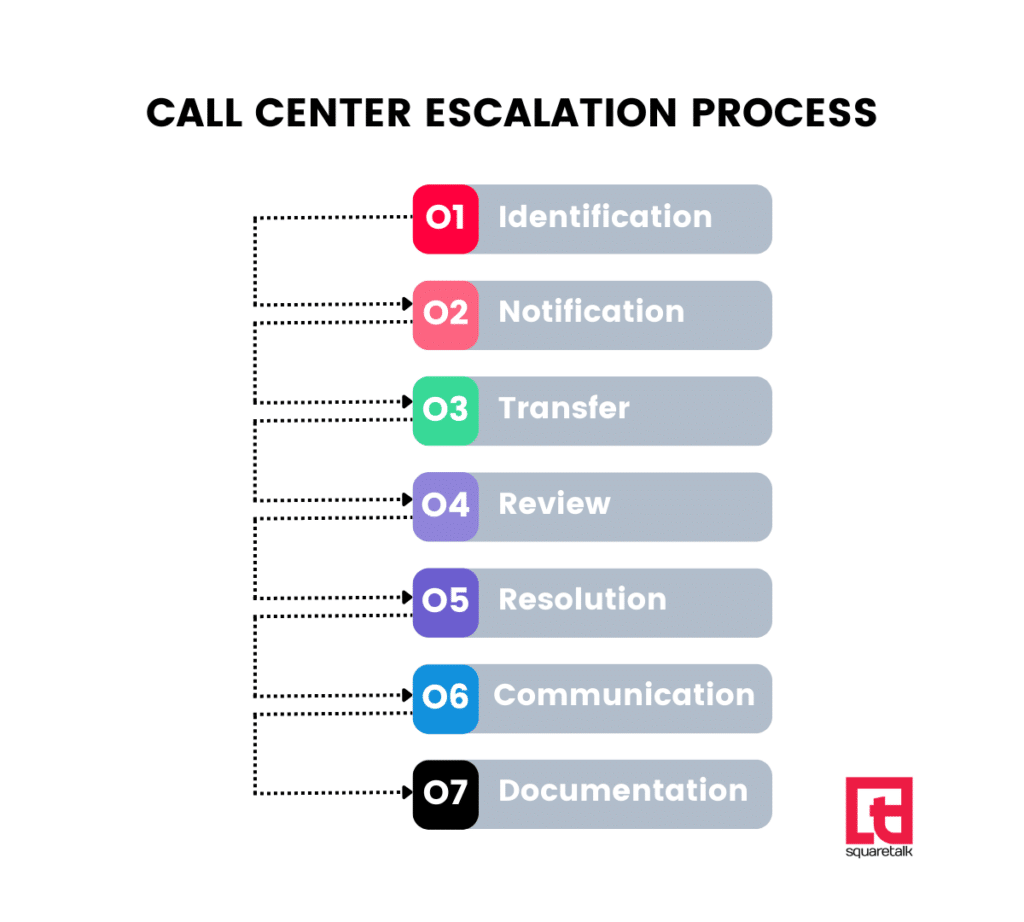
- 1. Identification: The frontline agent establishes the need for escalation based on predefined criteria (like complex technical issues and policy exceptions) or because of customer requests.
- 2. Notification: The agent informs the customer about the escalation and explains the reason to manage their expectations and reduce frustration.
- 3. Transfer: The call is dispatched to the appropriate escalation point, like a supervisor or a specialized team, as seamlessly as possible to avoid disconnections or long hold times.
- 4. Review: The escalation agent looks at the case details provided by the initial agent to avoid asking the customer to repeat information.
- 5. Resolution: The escalation agent works to settle the issue, sometimes by consulting additional resources, other departments or higher authority.
- 6. Communication: The resolution is related back to the customer in detail.
- 7. Documentation: The entire process is recorded for future reference and analysis, including the initial issue, steps taken, the resolution and any follow-up actions.
Call Center Escalation Flow
The escalation flow in a call center represents the path an issue takes. It can vary depending on whether it’s a hierarchical or functional escalation.
The size and structure of the organization also play a significant role. Larger organization typically have more complex processes and even separate teams for interdepartmental resolution of escalated issues.
The key to building and implementing effective procedures in any operation, even the smaller ones, is to have at least one level of escalation.
It’s also important to mention that not all customer problems will follow a linear path through your flows. Some may skip levels or move between hierarchical and functional escalation. To effectively resolve issues and keep customer satisfied you need to adapt your approach to each individual case.
Hierarchical Escalation Flow
For Larger Organizations
The traditional upward flow within the same department in a big company is:
- 1. Tier 1 Agent: The first point of contact for most customer issues.
Handles basic questions and common problems.
Initiates escalation when faced with issues beyond their scope.
- 2. Team Lead: The next level in a hierarchical escalation.
Assists with more complex issues that Tier 1 agents can’t resolve.
Often has more experience and broader decision-making power.
- 3. Supervisor: Manages escalations that require higher authority or specialized knowledge.
Handles sensitive issues or complaints about lower-level staff.
Can often approve policy exceptions or more substantial compensations to clients.
- 4. Manager: Handles critical escalations that need high-level intervention.
Deals with potential legal issues, high-value customers or systemic problems.
Has authority to make significant decisions that impact company policies or procedures.
- 5. Department Head: Usually, the highest level of escalation within a call center.
Addresses the most complex or sensitive issues or situations that could significantly impact the company’s reputation or bottom line.
Their involvement usually indicates that dealing with the escalation issue needs broader organizational changes or policy reviews.
For Smaller Organizations
In smaller call centers, the escalation hierarchy might look more like:
- 1. Agent
- 2. Team Lead/Supervisor (or often a combined role)
- 3. Manager (might also be the department head or even the business owner)
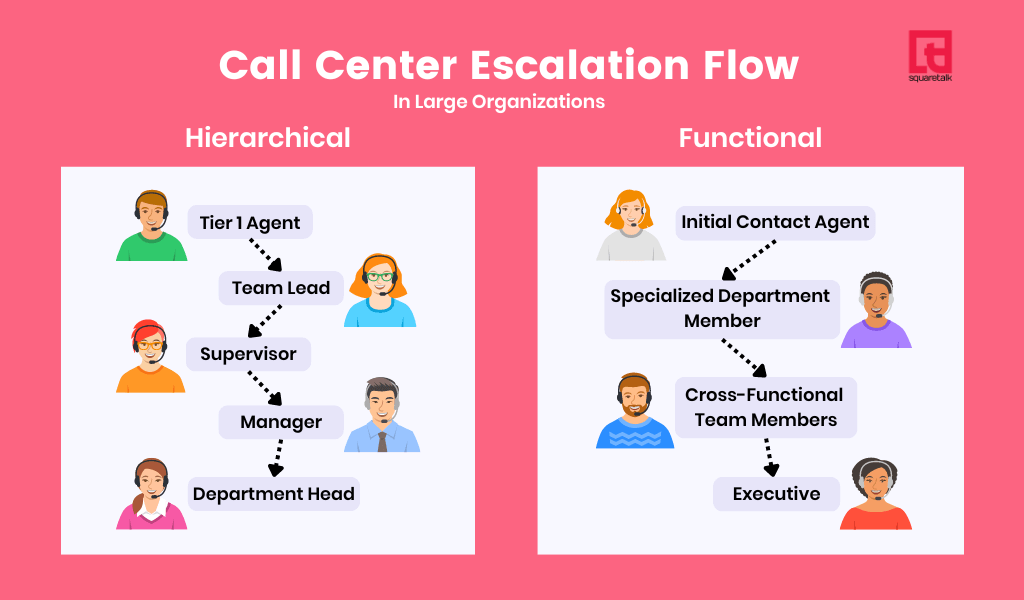
Functional Escalation Flow
This process moves issues across different departments or specialized teams. Like the hierarchical escalation flow, the functional one can also vary based on your company’s structure.
For Larger Organizations
Functional escalation in bigger companies is a more complex process that moves issues across different specialized departments or teams. It’s used when a customer’s problem requires specific expertise.
- 1. Initial Contact Agent: Receives the customer inquire and identifies the need for specialized assistance.
Determines which department or team will best handle the issue.
Gathers all relevant information from the customer before escalating.
- 2. Specialized Department. The issue is transferred to the relevant department .
For example:
Technical Support: For complex product or service issues.
Billing Department: For intricate financial queries or disputes.
- Legal Team: For matters that have potential legal implications.
- Product Development: For feedback that might result in product changes or enhancements.
- Operations: For problems with delivery, logistics or the supply chain.
- Security Team: For data privacy concerns or account security.
- 3. Escalation Within the Specialized Department: In some cases, the issue may still escalate hierarchically within the specialized department.
For example, in Technical Support, there might be Tier 1, Tier 2 and Tier 3 agents that handle different types of problems.
- 4. Cross-Functional Team: For issues that cover multiple areas, a cross-functional team might be needed and assembled.
This could involve people from different departments working together to resolve complex or multifaceted issues.
For example, a high-value account threatening to leave will be approached by Account Management, Technical Support, Legal and Product Development teams.
- 5. Executive Intervention: In rare cases, customer problems might require attention from company executives.
This mostly happens if the issue has broad implications for the business or could significantly impact its reputation.
For example, high-value customer escalations, regulatory compliance problems or product recalls.
For Smaller Organizations
In smaller companies, functional escalation usually looks like this:
- 1. Initial Contact Agent
- 2. Specialist (might be the only person handling a particular type of issue)
- 3. Senior Management or Owner (for issues that need high-level decisions)
Key Points About Escalation Flows
- Flexibility: Your flow should be adaptable to the organization's needs and separate issues.
- Clear Definition: Regardless of the company size, each level should have clearly defined responsibilities and authority.
- Efficiency: The goal is to resolve issues at the lowest possible level and ensure complex cases get the appropriate expert attention.
- Combination: Many organizations, regardless of their size, use a mix of hierarchical and functional escalation, depending on the issue.
- Skip-Level Escalations: In some cases, issues may bypass steps to quickly reach the needed authority.
- Frequent Reviews: Periodical analysis and adjustments of the escalation flow ensure it remains effective as your organization grows or changes.
Best Practices for Handling Escalations
Following proven techniques and strategies can help your call center optimize its escalation process and set out ways to smoothly and effectively handle complex issues. To do that, you have to:
Empower Frontline Agents
They are the first line of defense against escalations. By equipping them with the right tools and knowledge, you can get many issues resolved at this stage. To increase their success rates:
- Provide comprehensive training on product knowledge, essential customer service skills and problem-solving techniques.
- Offer ongoing coaching and feedback to improve agent performance.
- Implement a knowledge base system that agents can easily access during customer interactions.
- Encourage agents to take ownership of customer issues and develop creative solutions within their authority.
Define Clear Escalation Paths
A well-defined escalation map ensures that issues are directed to the right person or department quickly. To reduce customer frustration and improve resolution times:
- Create a detailed escalation matrix that outlines specific scenarios and their corresponding routes.
- Ensure all agents understand when and how to escalate different types of issues.
- Regularly review and update the escalation paths based on changing business needs and customer feedback.
Train Agents on Escalation Procedures
Agents should not only know when to escalate but also how to do it effectively. To help them:
- Develop a standardized escalation training program for all agents regardless of their tier.
- Include role-playing exercises to practice handling difficult escalation scenarios.
- Train agents on effective communication techniques.
- Regularly update your escalation training.
Ensure Smooth Handoffs
The transition from one agent or department to another is a very critical point in the escalation process. To significantly improve the customer experience and resolution efficiency:
- Implement a robust Customer Relationship Management (CRM) system to capture data and share interaction details.
- Establish a standardized format for documenting escalation information.
- Train agents on effective note-taking.
Analyze Escalation Data
This is key to continuously improve your escalation process. To find patterns, uncover systemic issues and see optimization opportunities:
- Use advanced analytics tools.
- Conduct regular reviews of escalation data to identify trends and areas for improvement.
- Use the insights to refine training programs and update escalation procedures.
- Share key findings with your staff to promote continuous improvement.
Follow Up with Customers
The escalation process doesn't end when a solution is provided. To ensures that the client was satisfied and get valuable feedback:
- Implement a systematic follow-up process for all escalated issues.
- Train agents on effective follow-up communication techniques.
- Use customer feedback from the follow-ups to improve the escalation process.
- Recognize and reward agents who consistently receive positive feedback after escalations.
Implement a Help Desk Escalation Procedure
A formalized help desk escalation procedure will keep handling complex issues consistent thorough the whole process. To get a clear framework for all support staff to follow:
- Include step-by-step guidelines on how to handle escalation calls professionally and effectively.
- Ensure the procedure covers different types of escalations and aligns with your overall customer service strategy.
De-Escalation Techniques
The ability to de-escalate tense situations is equally as important as having a comprehensive escalation process. Conflict resolution strategies can prevent unnecessary escalations, improve customer satisfaction and reduce stress for both callers and agents.
Here are some key techniques that will help you in this:
- 1. Active Listening: This involves more than just hearing the customer's words. It's about fully focusing on the speaker, understanding their concerns and responding accordingly.
Acknowledge the customer’s issue without interruption.
Use verbal cues to show you’re listening, like “mm-hmm”, “I see” or “Okay”.
- 2. Empathy: Showing compassion can significantly calm an agitated customer and build a constructive rapport.
Use phrases like “I understand why you’d feel that way” or “I can see why this is frustrating for you.”
Express sincere apologies when warranted, taking responsibility for any mistakes or inconveniences.
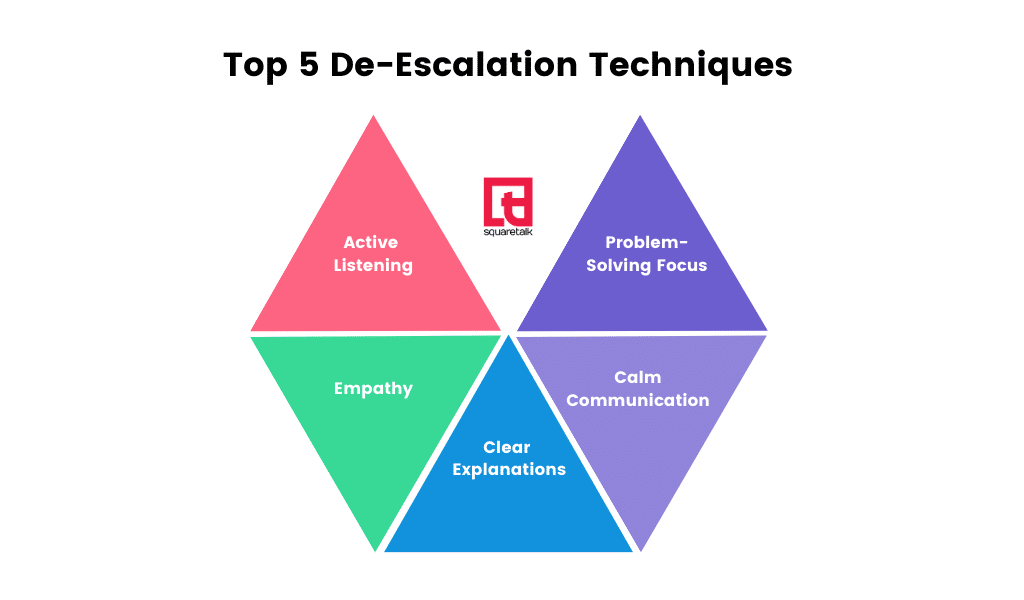
- 3. Calm Communication: Your tone and manner of speaking can greatly influence the customer's emotional state.
Maintain a composed and professional tone, even if the customer is agitated.
Speak slowly and clearly to help diffuse tension.
- 4. Problem-Solving Focus: Redirecting the conversation towards possible solutions can help move the customer past the complaining phase.
Shift the attention towards finding a resolution rather than dwelling on the problem.
Ask questions like “What would be a satisfactory outcome for you?”
- 5. Clear Explanations: Emilite customer frustration by simply stating the possible outcome of the specific situation.
Provide clear and jargon-free explanations of the steps being taken to resolve the issue.
Check if the customer has understood everything by asking if they have any questions about the process.
Strategies to Reduce and Prevent Call Escalations
While handling escalations effectively and de-escalating situations are important, reducing the need for escalations in the first place can have more benefits. It can lead to higher customer satisfaction and noticeably improve your operational efficiency.
Here are some proactive strategies to consider:
Improve First Contact Resolution
If your agents can solve a customer's problem on the first interaction, this will significantly reduce escalations.
- Give agents the authority to make certain decisions or offer solutions without needing to escalate, like to process refunds up to a certain amount, extend return periods, offer small compensations, upgrade shipping methods at no cost to the customer, etc.
- Develop a dynamic and easily searchable knowledge base that agents can quickly reference during calls.
- Implement a "next issue avoidance" strategy, where agents proactively address potential future problems during the initial contact.
- Consider implementing AI-powered tools that can suggest solutions to agents in real-time based on the conversation context.
Add Self-Service Options
Many customers prefer to solve issues on their own when possible. What's more, fewer calls will lessen the burden on your agents and free them to focus on handling or de-escalating more complex problems.
- Provide robust self-service channels for customers to resolve common issues independently, like video tutorials for complicated processes, knowledge base, advanced Interactive Voice Response (IVR) system and chatbots.
- Ensure your website has a comprehensive FAQ section and easy-to-follow troubleshooting guidelines.
Anticipate Customer Needs
Being proactive rather than reactive can prevent many complications.
- Use data analytics to predict and address potential issues before they escalate.
- Implement proactive communication strategies, like sending updates about known issues or planned maintenance.
Regular Training and Knowledge Updates
Well-informed agents can handle a wider range of issues without escalation.
- Keep them updated about product innovations, common problems and effective resolution strategies.
- Have regular training sessions to upskill and share best practices.
Feedback Loop
Customer input and reviews can provide invaluable insights on how to prevent future escalations.
- Implement a system to regularly collect and act on customer feedback.
- Use the collected responses to identify common pain points and develop strategies to address them.
Setting Up an Escalation Management System
An effective escalation management system is the backbone of successful call center operations. It provides structure, consistency and clarity in handling complex or sensitive customer problems.
When setting up your system, consider:
-
Triggers and Thresholds: Clear guidelines help agents identify when an escalation is necessary.
- Define when it should happen and what the parameters for different escalation levels are.
- Consider factors like issue complexity, customer sentiment and the potential business impact.
-
Documented Procedures: Well-recorded systems ensure consistency and efficiency.
- Create well-documented step-by-steps and workflows.
- Include guides for different types of escalations.
-
Tracking and Reporting: Proper analysis helps you continuously optimize the escalation process.
- Implement systems to track and report escalation metrics.
- Use this data to identify trends and areas for improvement.
-
Service Level Agreements (SLAs): They set clear expectations for handling escalations.
- Establish SLAs for response and resolution times.
- Ensure these SLAs are clearly communicated to both staff and customers.
-
Team Structure: A clear hierarchy ensures that escalations are handled by the right people.
- Define the roles and responsibilities for each member of the escalation team.
- Establish clear lines of communication between different escalation levels.
-
Knowledge Base: A comprehensive reference library can help resolve issues quickly and consistently.
- Maintain an up-to-date knowledge base agents can use in different escalation scenarios.
- Regularly review and update the information based on new data from resolved escalations.
Measuring Escalation Performance
Measuring the performance of your escalation process is crucial for identifying areas of improvement and ensuring the effectiveness of your strategies. Here are key metrics to track and why each of them matters:
- Escalation Rate: This measures the percentage of calls that are escalated. A high rate might indicate issues with first-level support or overly complex products/services.
- Average Handle Time (AHT): This tracks the average time taken to handle escalated calls. AHT can be a misleading metric if look at in isolation. Long AHT could indeed suggest an inefficient escalation process or need for additional agent training but focusing solely on reducing AHT can lead to your staff rushing through calls, potentially missing important details, depersonalizing the interaction or failing to address the customer’s concerns fully.
- First Contact Resolution (FCR): This measures the percentage of issues resolved on the first contact without escalation. High FCR rates generally indicate that your front-line support is very effective. According to SQM, an agent-assisted call has a 16% lower FCR and 7% lower call resolution performance.
- Resolution Rate: This measures the percentage of escalated issues that are successfully resolved. It’s a key indicator of the effectiveness of your processes.
- Customer Satisfaction (CSAT): This captures the way clients feel for escalated interactions. It’s crucial to ensure that even necessary escalations don’t negatively impact customer experience.
- Escalation Resolution Time: This measures the time it takes to resolve escalated issues. Long resolution times may indicate bottlenecks in the escalation process.
- Agent Performance Metrics: These are individual agent KPIs (key performance indicators) related to escalations. They can help identify star employees and those who may need additional support or training.
- Reason for Escalation: This data explains why calls are being escalated. Understanding the common reasons can help address core problems and improve first-level support.
- Repeat Contact Rate: This tracks the percentage of customers who contact your call center again after an escalation. A high rate might indicate that escalated issues aren’t being fully resolved.
Conclusion
Effective escalation management is essential for any customer support call center. It helps you transform challenging client interactions into opportunities for exceptional service.
By implementing a well-structured escalation process, you can:
- Resolve complex issues efficiently
- Boost customer satisfaction and loyalty
- Empower agents to handle challenging situations
- Identify systemic problems
- Find improvement ideas
But remember, escalation isn’t just about transferring issues to someone else to deal with. It’s about creating a responsive and adaptable system that turns potential problems into opportunities for strengthening customer relationships.
By focusing on regular process updates, agent training, data analysis and customer feedback, your call center can get a leg up on the competition and improve your business’s long-term success.
FAQ
What is escalation in a call center?
Escalation is moving a customer’s issue from the frontline agent to a higher-level support rep or a specialized department. If the first agent can’t resolve a complex problem or lacks authority, they “escalate” it so a more experienced or empowered team member can assist.
When should an agent escalate a customer call?
Agents should escalate when a customer specifically requests a supervisor, when the agent doesn’t have the expertise or authority to solve the issue, or if the call isn’t progressing (e.g., the customer remains dissatisfied). Escalation ensures the customer gets a resolution from someone who can make the necessary decisions.
What are the best practices to handle an angry customer before escalating the call?
Show active listening, empathy, and stay calm. Let the customer express their concerns and sincerely acknowledge their frustration. Offer a genuine apology if appropriate and try to solve the issue or propose alternatives. If the customer is still unhappy or insists on speaking to someone else, then proceed with escalation.
What are the different types of call escalation?
There are two main types:
- Hierarchical escalation: Going up the chain of command (agent → team lead → manager).
- Functional escalation: Moving the customer to a different department or team with specialized expertise (e.g., from billing to technical support).
How can call centers improve their escalation process?
By defining a clear escalation procedures so agents know when and whom to escalate to. Provide proper training, empower agents to solve more issues themselves, and ensure smooth handoffs (so customers don’t repeat information). Regularly review escalation data to spot patterns—maybe a policy or knowledge gap is causing too many escalations.


